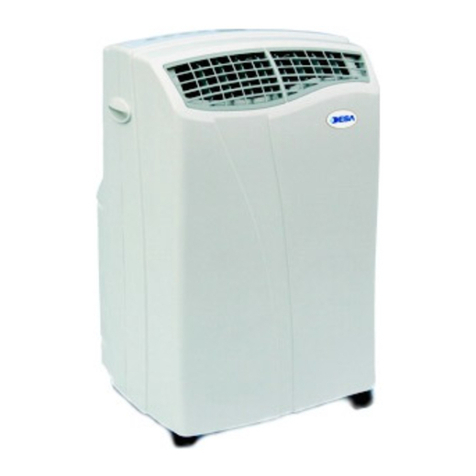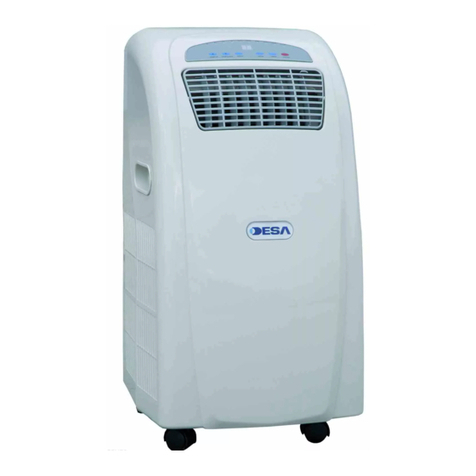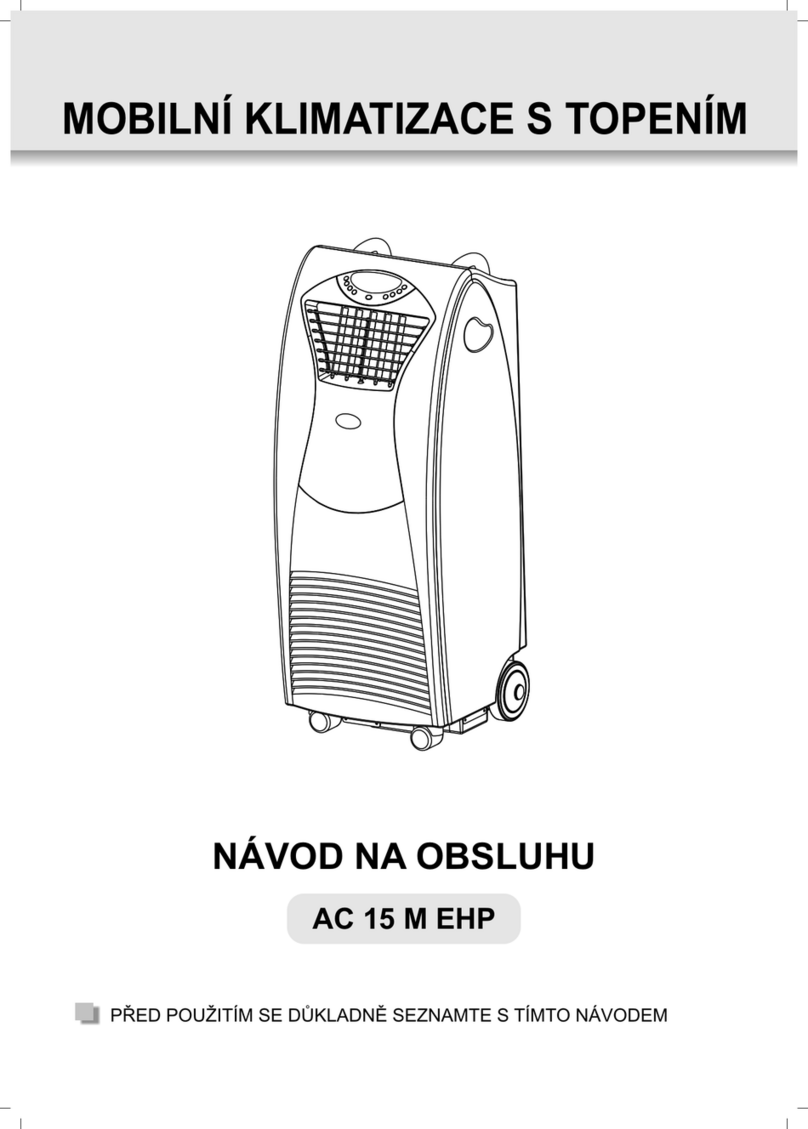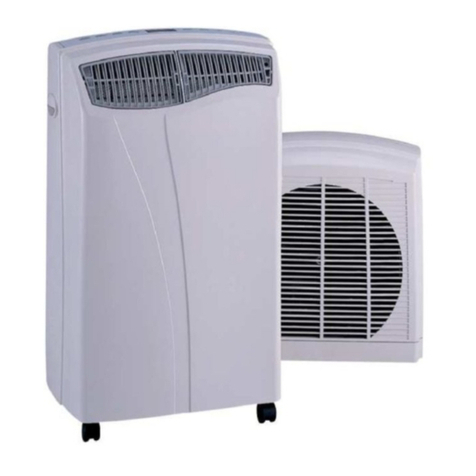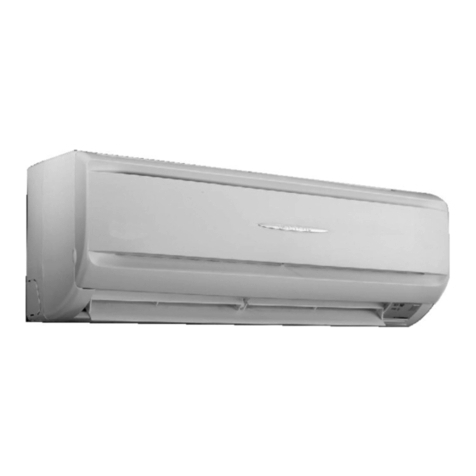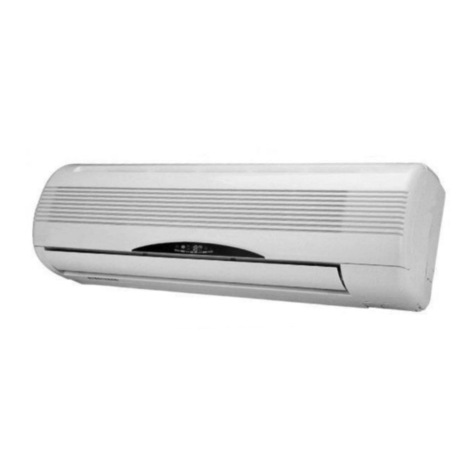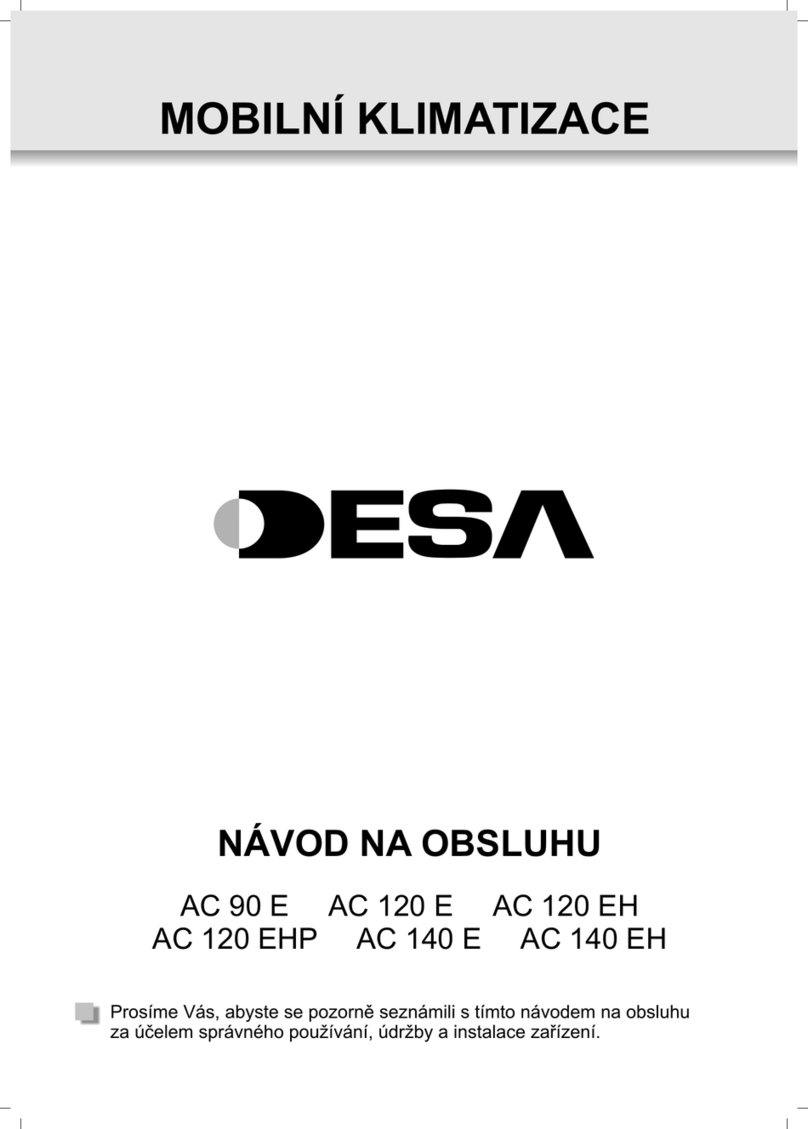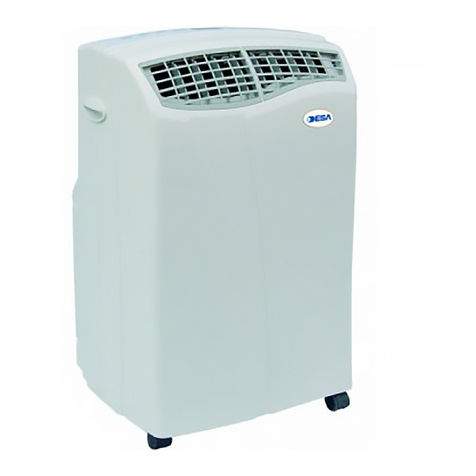3
SAFETY INSTRUCTIONS
!Please read carefully this Manual and Safety Instructions before operating the
appliance.
!Warnings and instructions under the heading “CAUTION / NOTES” warn against occurrence
of serious problems, or inform on how to optimize appliance operation. Reading and
observing such notes is critical for ensuring safe and efficient operation of the appliance.
!Symbols used in this Manual have the following meanings:
Formal
prohibition
Follow the
instructions
Ensure continuity
of earthing
Disconnect
power supply
!After you read this Manual please keep it at hand and protect from damage or loss.
1. Do not install the appliance in places
exposed to leakage of flammable
gases.
Gas leaking and accumulating around the
appliance may cause fire.
1. Electric installation is to be fitted with
differential current switch.
When the appliance is connected to
improperly protected installation it may
cause electric shock.
2. Electric installation is to be fitted with
differential current switch.
When the appliance is connected to improperly
protected installation it may cause electric
shock.
3. Make sure the condensate tube is
placed correctly, so that water can drain
out.
Improper placement of condensate tube
can result in flooding of premises and
dampening of furniture.
4. Make sure the housing of external module
is earthed.
Earthing conductors cannot be running along
gas pipes, water pipes, lighting arrester wire or
telephone earthing wire. Improper installation of
earthing conductor may result in electric shock.












